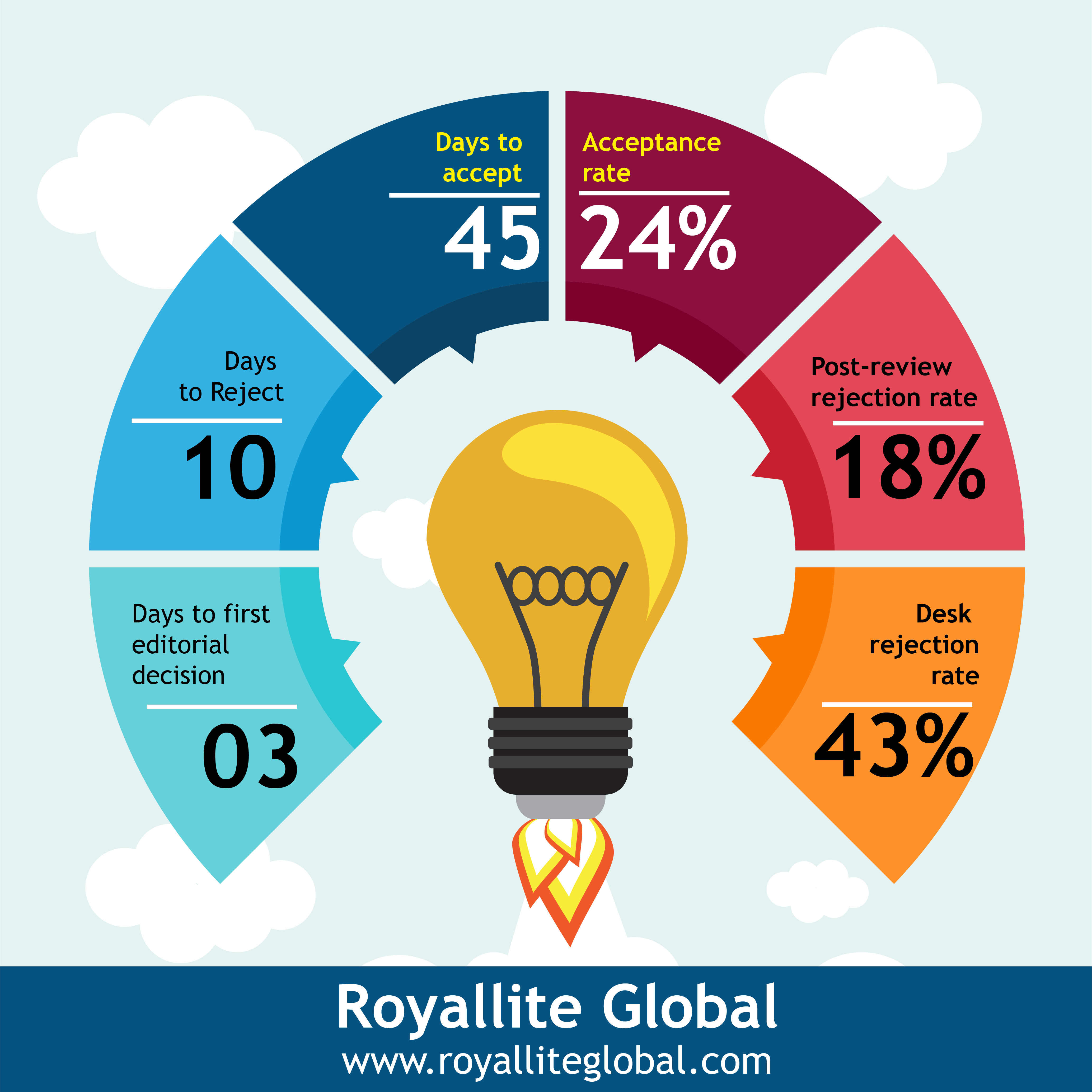Representations of images and symbolisms in the story of Nganyi, the rain maker, as told among the Luo community of Kenya
Keywords:
metaphorical expressions, myth, phenomenology, symbol, translationAbstract
Myths provide a link between the past and the present as they expalin supernatural phenomena. They also serve as origins of truth which in African phenomenology are traceable to mythological repositories and other ordinary values (Jaja, 2012). The Nganyi myth talks about the story of a legendary old woman who lived in Lake Victoria and used to emerge from the lake from time to time to perform miracles among the people of the Lake region, then return into the waters. Although the story takes place in three parts, this paper has only focused on the third and final part where Nganyi is involved. The study is guided by three objectives namely: to discuss how an African myth translates folklore into a valid scientific phenomenon; to describe the conceptual metaphors expressed in the story of Nganyi, the rainmaker and to explain the schematic patterns and vital relations that are derived from the story of Nganyi, the rainmaker. The story is presented in Dholuo and translated into English after which the symbols and the metaphorical expressions in it are analysed. Translation is a significant exercise that requires maximum attention and incorporates culture. This study found out that the indigenous people around Lake Victoria had developed elaborate and viable techniques of manipulating and conserving their environment in order to generate resources for their survival.
References
Ahrens, K. (2002). When love is not digested: Underlying reasons for source to target domain pairing in the Contemporary Theory of Metaphor. In YuChau, Hsiao (ed.). Proceeding of the First Cognitive Linguistics Conference, pp 273-302. Taipei: Cheng-Chi University.
Anudo, C., & Kodak, B. (2020). Conceptual metaphor and image schema representations of cancer-related deaths of selected prominent Kenyan personalities in the print media. Nairobi Journal of Humanities and Social Sciences, 4(3), 7-27
Anudo, C.N.A (2018). Conceptual metaphors in Dholuo: A Cognitive Linguistic Approach. (Unpublished PhD thesis. Kisii University.
Coulson, S. & Oakley, T. (2002). Blending basics. Cognitive Linguistics11 (3), 175 – 196.
Džanić, N.D. (2007). Conceptual Integration theory- the Key for unlocking the internal cognitive choreography of idiom modification. Jezikoslovje vol 8(2), 169-191.
Evans, V. & Green, M. (2006). Cognitive Linguistics: An Introduction. Edinburg: Edinburgh University Press.
Fauconnier, G. & Turner, M. (2002). The way we think: Conceptual blending and the mind’s hidden complexities. New York: Basic Books.
Gomes, C., Gomes, A. (2014). Lightning, God and Sciences. Retrieved from https://www.researchgate/net/publication/268213965.
Gumo, S. (2017). Praying for Rains: Indigenous Systems of Rain Making in Kenya. The Ecumenical Review, vol, 69, (3), p.386-397 http: doi.org/10.org/10.111/erev.12301
Haruna, A. (1999). Rituals and Ceremonies Accompanying Rainmaking among the Gurutum and Bubbure People. Retrieved from https://horizon.documentation.ird.fr
Jaja, M.J. (2012). Myths in African concept of reality. International Journal of Educational Administration and Policy Studies, vol 6(2), 9-14.
Kӧksal, O. & Yϋrϋk, N. (2020). The Role of Translator in Intercultural Communication. International Journal of Curriculum and Instruction, vol 12(1), 327-338.
Lakoff, G. (1987). Women, Fire and Dangerous Things: What Categories Reveal about the Mind: Chicago: The University of Chicago press.
Johnson, M. (1987). The Body in the Mind: The Bodily Basics of meaning, Imagination and Reason. Chicago: The Chicago University Press.
Lakoff, G. & Johnson, M. (1980). Metaphors we live by. Chicago: University of Chicago press.
Lakoff, G. & Johnson, M. (1999). Philosophy in the flesh: The embodied mind and its challenge to western thought. New York: Basic books.
Langer, S. K. (1953). Feeling and Form: A Theory of Art. New York: Charles Scribners Sons
Ma, L.& Liu, A. (2008). A Universal Approach to Metaphors. Intercultural Communication Studies XVII. Retrieved from https://scholar.google.com
Mayor, A.W. (1984). Thuond Luo. Kisumu: Anyange press.
Ndhlovu, K. (2012). An Investigation of the Strategies used by Ndebele Translators in Zimbabwe in Translating HIV/AIDS Texts: A Corpus- Based Approach. (Unpublished PhD thesis). University of Fort Hare.
Ochieng’, W.R. (1985). A history of Kenya. Nairobi: EALB.
Ochieng’ W. (2009). Cultural Practices in Sexuality and Health Among the Luo in Kenya. (Unpublished Master’s thesis). Universiteit Von Amsterdam.
Odanga, J. (2021). Holy Water Vaccine? A Sect Divided … Africa Resilience Network, retrieved from: https://africaresiliencenetwork.com/report/controversy-we-use-yath-to-cure-coronavirus-legio-maria-devotees-say/
Ogembo, J. E. O. (2004). Art in Ethnomedicine: A Case Study of Juogi (Mysticism among the Luo people) in South Nyanza District of western Kenya: PhD thesis, University of Cape Town.
Ogutu, G.E.M. (2007). Africa, the Parable of the Failure of the West, Works. Proceedings of the 5th African Population Conference on Migration and Urbanization and their Consequences on Development: International Migration in Africa. Arusha, Tanzania.
Peña, M.S. (2000). A Cognitive Approach to the Image- Schematic Component in the Metaphorical Expression of Emotions in English. (Unpublished doctoral dissertation). University of La Rioja, Loñgrono, La Rioja
Stanley, J.W. (2008). Snakes: Objects of Religion, Fear and Myth. Journal of Integrative Biology 2 (2), 45-58.
Terje, O. (2019). Rainbows, Pythons and Waterfalls – Heritage, Poverty and Sacrifice among the Busoga, Uganda. The Nordic African Institute-UPPSALA
Turner, V. (1974). Liminal to Liminoid, in Play Flow and Ritual: An Essay in Contemporary Symbology Retrieved from https://hdl.handle.net/1911/63159
Published
Issue
Section
License
Copyright (c) 2022 Jack Ogembo, Cellyne Anudo, Benard Kodak

This work is licensed under a Creative Commons Attribution-NonCommercial-ShareAlike 4.0 International License.
This open-access article is distributed under a Creative Commons Attribution (CC-BY) 4.0 license.
You are free to: Share — copy and redistribute the material in any medium or format. Adapt — remix, transform, and build upon the material for any purpose, even commercially. The licensor cannot revoke these freedoms as long as you follow the license terms.
Under the following terms: Attribution — You must give appropriate credit, provide a link to the license, and indicate if changes were made. You may do so in any reasonable manner, but not in any way that suggests the licensor endorses you or your use.
No additional restrictions You may not apply legal terms or technological measures that legally restrict others from doing anything the license permits.






